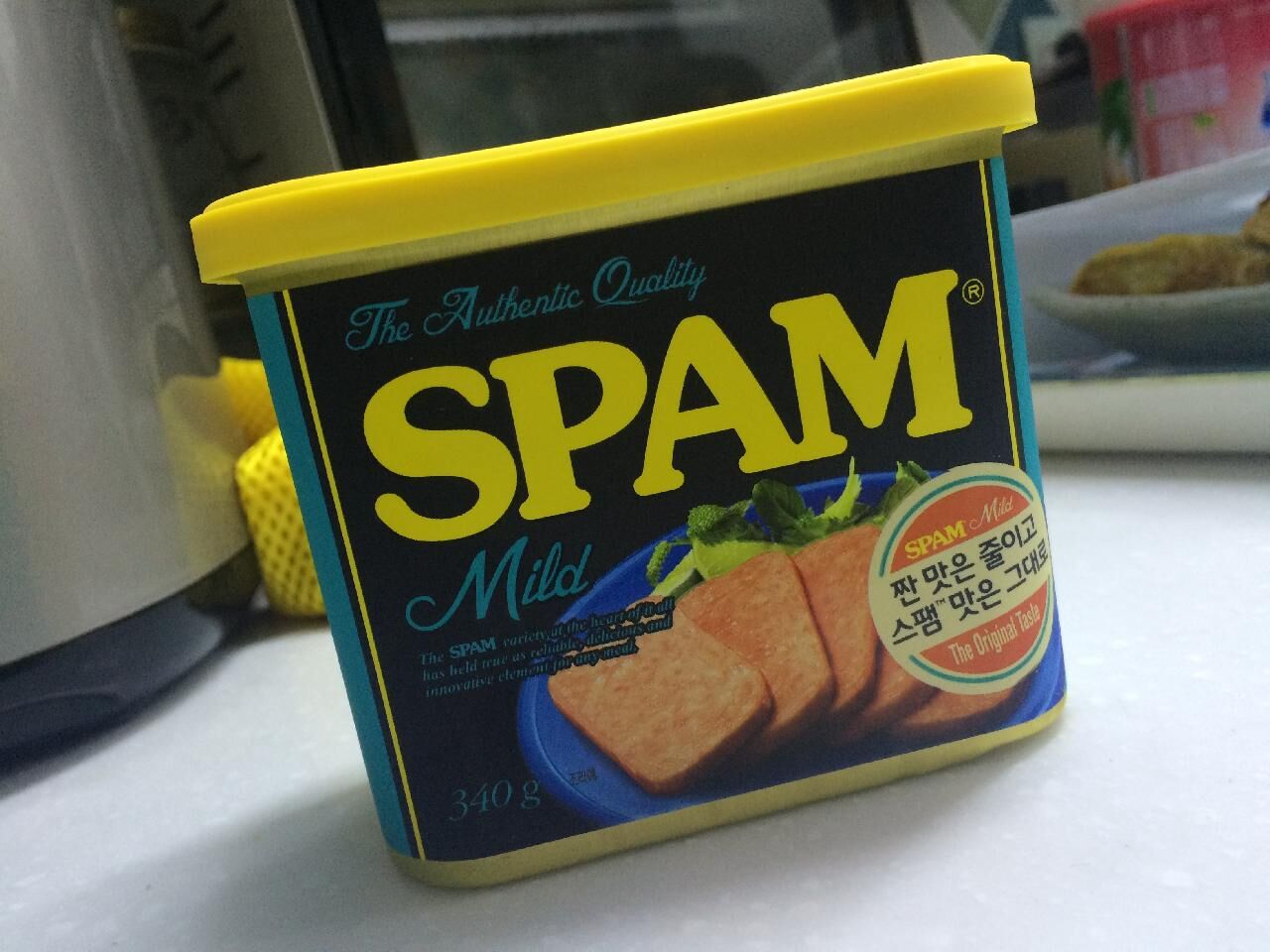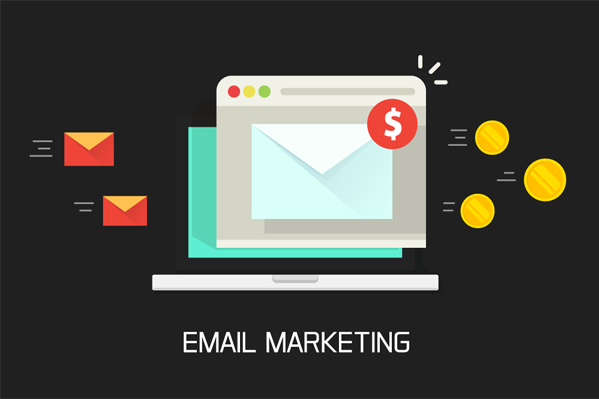Sending an email blast or newsletter to an intended audience is becoming more and more challenging, because of the amount of emails that an individual receives daily. There are approximately 124 billion business emails sent and received each day. That is far too many emails to sift through, rather than instantly deleting the emails that appear to be spam.
Many people assume you are sending something that is spam, or something that is not of importance. However, there are certainly tips and tricks that will encourage your audience to open and read your email, without it coming off as spammy. Make sure your email blast not only is received but also is opened and engaged with. Check out the following tips and tricks to avoid sending spam-filled email blasts to your customers.
Sending Email Address: We highly recommend that you avoid sending emails to info@, sales@, news@, etc. These often get automatically placed into the promotions tab in Gmail, Yahoo, AOL, etc. This does not necessarily mean that it will be placed in spam, but it will not go directly into the audience's Inbox and has more of a likelihood of being lost in the chaos of emails.
Mailchimp / Constant Contact
Before you send an email to an audience, ensure that the email domain is verified and validated within Mailchimp or Constant Contact. If you need help with these, we can help. Mailchimp makes it easy, with step by step instructions. Constant Contact is an intuitive tool, with clear steps that will help you verify the account email address.
Both options will work, depending on what you use to send out your email or newsletter. Either way, without verifying and validating the email domain, your email will become another spam email to your audience.
Setup SPF Record for Domain
SPF (Sender Policy Framework) is an authentication protocol that allows senders to specify which IP addresses are authorized to send an email on behalf of a particular domain. This allows you to protect your customers, your brand, and your business from phishing and spoofing attacks. If you are preparing your SPF record, follow these five simple steps:
- Gather IP addresses that are used to send email: Identify which mail servers you use to send email from your domain.
- Make a list of your sending domains: It is important to create SPF records for all the domains you control, even the ones you’re not mailing from.
- Create your SPF record: Here is how to create your SPF with ease.
- Publish your SPF to DNS: Work with your DNS server administrator to publish your SPF record to DNS, so mailbox providers can reference it.
- Test: Test your SPF record with a SPF check tool.
Setup DKIM
If you are sending a spam-free email, we highly recommend that you verify that the emails being sent through Gmail, Salesforce, Mailchimp, etc. are being linked to your domain. This proves to ISP's that you are a trustworthy sender, and they will avoid placing your email in a spam folder. Without verifying that your email is linked to your domain, your email will get lost in a sea of spam emails.
Avoid this with one simple step and you could get caught in the spam box!
Footer
When you are building a relationship with your customers, and with a new email contact, you should instantly ask them to add your email address to their address book. This will place you in a 'speed dial' situation, allowing you to avoid being thrown into the spam folder each time you send an email.
This also gives you the opportunity to have constant contact with your customer or intended audience, which will be more beneficial in the long-run.
Don’t be Spammy!
Spam negatively impacts deliverability rates, and we want to make sure your emails reach their recipients. If you avoid these simple recommendations, your email will avoid being lost in spam:
- Not asking for permission: When you ask permission, you’re able to build a list of people who are interested in your business and are excited to hear from you.
- Hiding your identity: Even if you ask for permission, if people can’t recognize that your emails are coming from you, they could still mark your emails as spam.
- Sending irrelevant content: Even if people aren’t marking your emails as spam, if they aren’t interested in what you’re sending it’s likely that they will send your emails to trash without giving you a second thought.
- Breaking promises: If you don’t communicate clearly what that value is — or if they are signing up for one thing and receiving something different — you could be putting yourself at risk.
- Overwhelming your audience: Selling your products or services is an important part of email marketing, but if you’re sending too much promotional material you could be driving some people away.
- Making it difficult to opt-out: While it can be difficult to let go, if you have people who aren’t interested in receiving your emails, it’s better to give them the option to opt out than to try to keep them on your email list.
Never Use All Caps
Oftentimes, when you use a subject line with all caps you will instantly be ignored. People do not want to be yelled at, and it certainly will not get their attention the way that you intended. Other than it coming off as rude to your intended audience, a sentence in all caps is surely going to trigger the spam-checkers. When you use all caps, it adds on to your overall spam score.
Ultimately, it is best to avoid caps altogether when crafting a subject line. Instead, use catchy lines that will grab the readers attention.
Subject Line Should Be Consistent with the Email Content
We understand the need and desire to catch someone's attention at first glance. This is where people take the subject line too far. Your content must be relative to your subject line, and if you are simply spewing out words in a subject line to catch the attention of the reader, without matching the content in the body, you will not keep the reader engaged and they will likely lose respect for your brand.
Additionally, it is good to know that if your subject line is inconsistent with the content within the email, your email is going to be sent directly to spam and will never be found by your intended audience.





